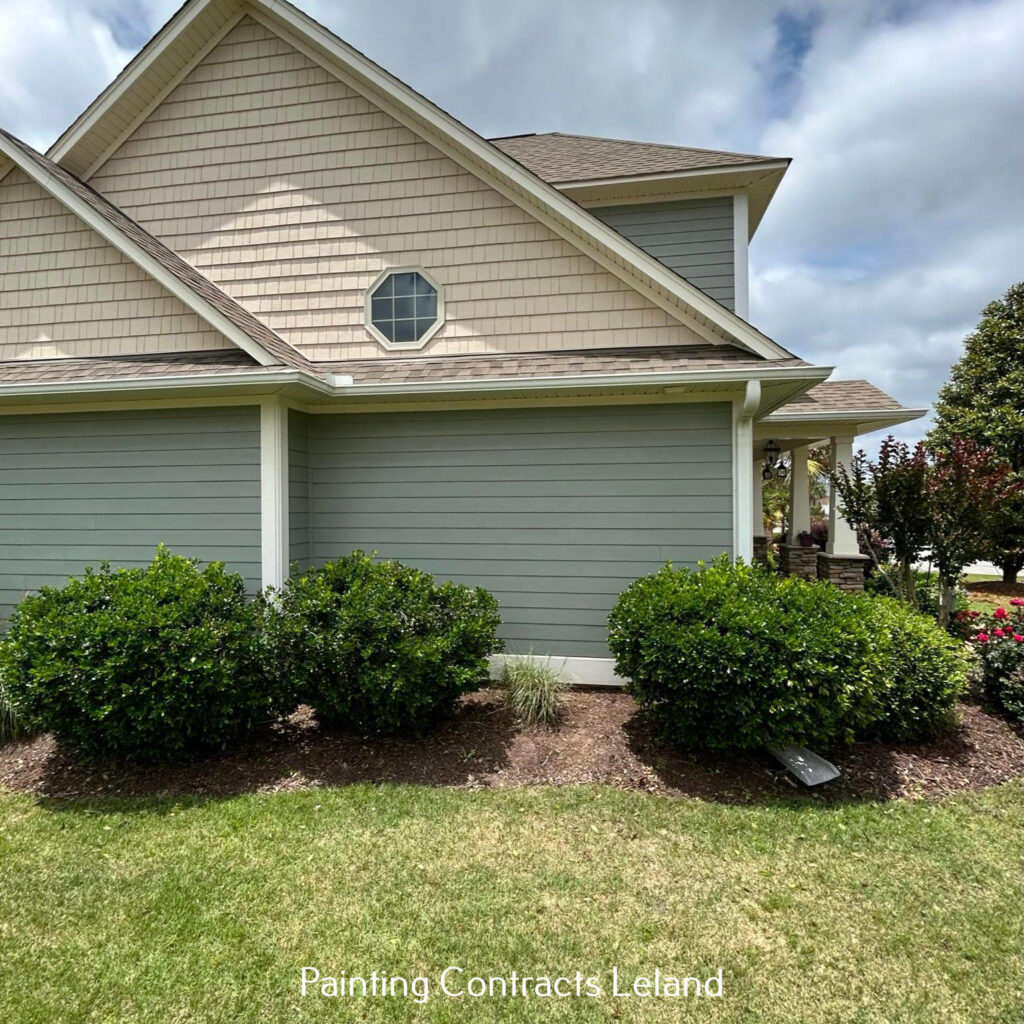Introduction
Nestled in the heart of Wilmington, North Carolina, the Burgwin-Wright House and Gardens is a living testament to the city’s rich colonial history. This meticulously preserved residence, dating back to the 18th century, offers visitors a glimpse into the lifestyle of the area’s early inhabitants. With its well-preserved architecture, lush gardens, and compelling historical significance, the Burgwin-Wright House is a charming and educational destination for locals and tourists alike. More can be found here.
History and Architecture
Constructed in 1770, the Burgwin-Wright House is a prime example of Georgian architecture, a style popular during the colonial era. Originally built for John Burgwin, a wealthy planter and public official, the house showcases the opulence and craftsmanship of its time. The elegant exterior features brick construction, a hipped roof, and finely detailed woodwork, transporting visitors back to the days when Wilmington was a bustling colonial port. Click here to read about Battleship North Carolina: A Living Monument in Wilmington, North Carolina.

Colonial Life Exhibits
The interior of the Burgwin-Wright House has been meticulously restored to reflect the lifestyle of its original residents. Each room is a step back in time, furnished with period-appropriate pieces, showcasing the daily routines and social customs of the colonial elite. Visitors can explore the parlor, dining room, bedrooms, and other spaces, gaining insight into the challenges and comforts of life in the 18th century.
Notable Residents and Historical Significance
Over the centuries, the Burgwin-Wright House has been home to several noteworthy residents, each contributing to its historical tapestry. In 1781, during the American Revolution, the house served as a temporary residence for the French General Rochambeau. This association with the Revolutionary War adds another layer of significance to the property, making it a key player in the nation’s early history.
The Wrights and Preservation Efforts
In the 20th century, the house found its way into the hands of the Wright family, who played a crucial role in its preservation. The Burgwin-Wright House and Gardens is a prime example of successful historic preservation efforts, with the family ensuring the property’s authenticity and opening it to the public. The Wrights’ dedication to maintaining the house’s historical integrity has allowed generations to appreciate and learn from Wilmington’s colonial past.
Lush Gardens and Outdoor Spaces
Beyond the stately home, the Burgwin-Wright property boasts enchanting gardens that further enhance the visitor experience. The well-manicured gardens, featuring period-appropriate plants and pathways, provide a tranquil escape from the bustling modern city. Visitors can wander through the lush greenery, discovering hidden nooks, fountains, and benches that offer a peaceful retreat and a closer connection to nature.
Educational Programs and Events
The Burgwin-Wright House and Gardens actively engage the community through educational programs and events. Guided tours, school programs, and workshops provide visitors with a deeper understanding of Wilmington’s colonial history and the significance of this historic landmark. Special events, such as colonial reenactments and garden tours, add a dynamic and immersive element to the visitor experience.
Conclusion
The Burgwin-Wright House and Gardens in Wilmington, North Carolina, stands as a captivating testament to the city’s colonial past. With its well-preserved architecture, meticulously furnished interiors, and enchanting gardens, the property invites visitors to step into the shoes of those who shaped the region’s history. As an educational and cultural hub, the Burgwin-Wright House continues to play a vital role in preserving and sharing the rich heritage of Wilmington, making it a must-visit destination for history enthusiasts and curious minds alike.

